Leading market companies are extensively spending R&D on increasing their product lines, which will help the Marine Navigation System market grow even more. Important market developments include new product releases, contractual agreements, acquisitions and mergers, greater investments, and collaboration with other organizations. The Marine Navigation System industry must produce cost-effective merchandise to flourish and thrive in a more competitive and increasing market climate.
Manufacturing locally to reduce operating costs is an effective business strategy manufacturers use in the worldwide Marine Navigation System industry to serve clients and expand the market sector. The Marine Navigation System industry has provided some of the most important benefits recently. Major players in the Marine Navigation System market, including Advanced Navigation, Garmin International, Inc and others, are attempting to increase market demand by investing in research and development operations.
Advanced Navigation is the world's most tenacious innovator in artificial intelligence robotics and navigation technologies. Their solutions provide unprecedented capabilities and remarkable performance across land, air, sea, and space applications by using our skills in AI neural networks and deep learning algorithms. They produce breakthrough technologies ranging from inertial and sonar Navigation to photonic and quantum sensing, thanks to rigorous research, testing, and automated manufacturing. Customers like innovative Navigation because of its high accuracy, dependability, and design. Advanced Navigation aims to spark the autonomy revolution based on a culture of study and discovery.
Eventually, they increase human capabilities to construct a more resilient and sustainable future with safer results. They are driven by a great passion for employing cutting-edge technology to unearth and explore new frontiers. In October 2022, The Boreas D70, a fiber-optic gyroscope (FOG) inertial navigation system (INS), is unveiled by Advanced Navigation. According to the maker, the technology is highly adapted to surveying, mapping, and Navigation in subsea, marine, terrestrial, and air applications.
Garmin International, Inc. is a Garmin Ltd. subsidiary. Garmin Ltd. is headquartered in Switzerland, with primary subsidiaries in the United States, Taiwan, and the United Kingdom. Garmin Ltd. or its subsidiaries owns Garmin, Fusion, and Navionics registered trademarks. All other trademarks, service marks, and brand names are the property of their respective owners. In June 2022, Garmin International, Inc., a division of Garmin Ltd., is pleased to collaborate with Sea Tow Services, International, Inc. to provide members and franchise operators with exclusive incentives and product training to increase boater safety.
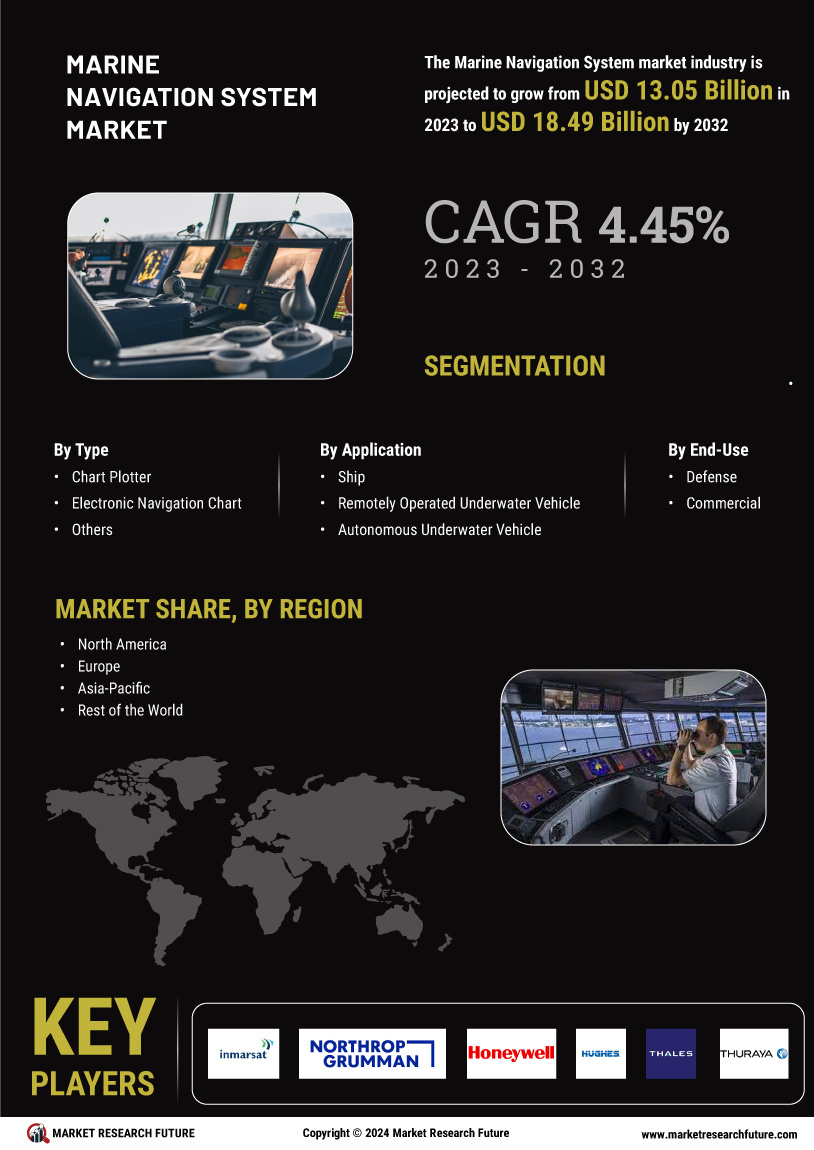

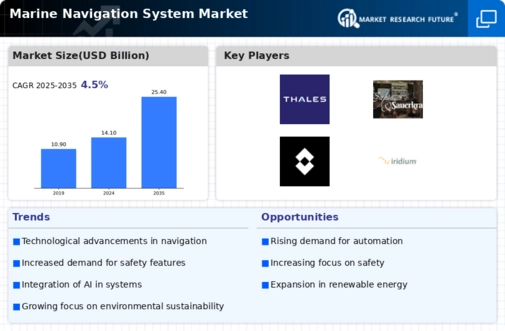
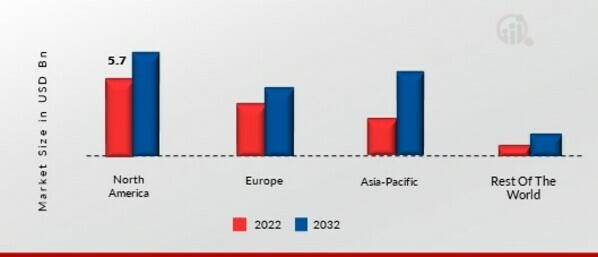


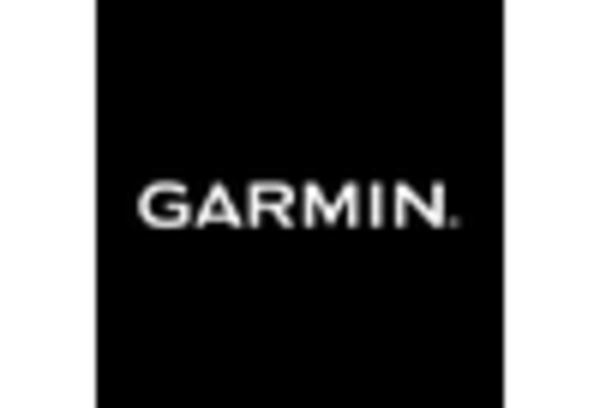
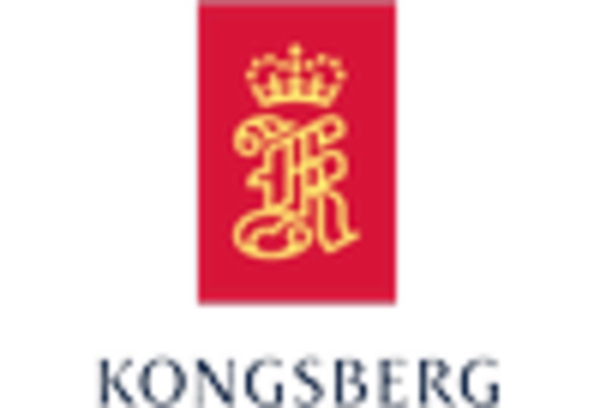
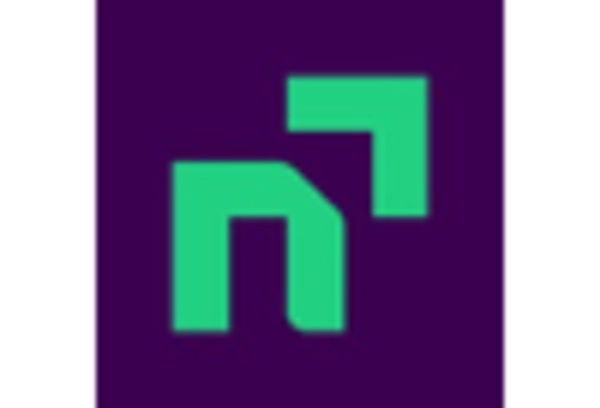

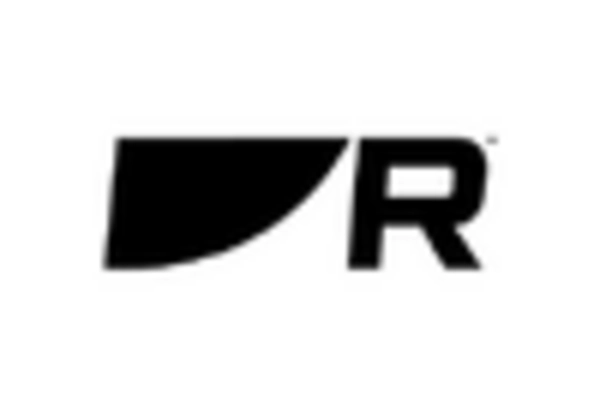








Leave a Comment